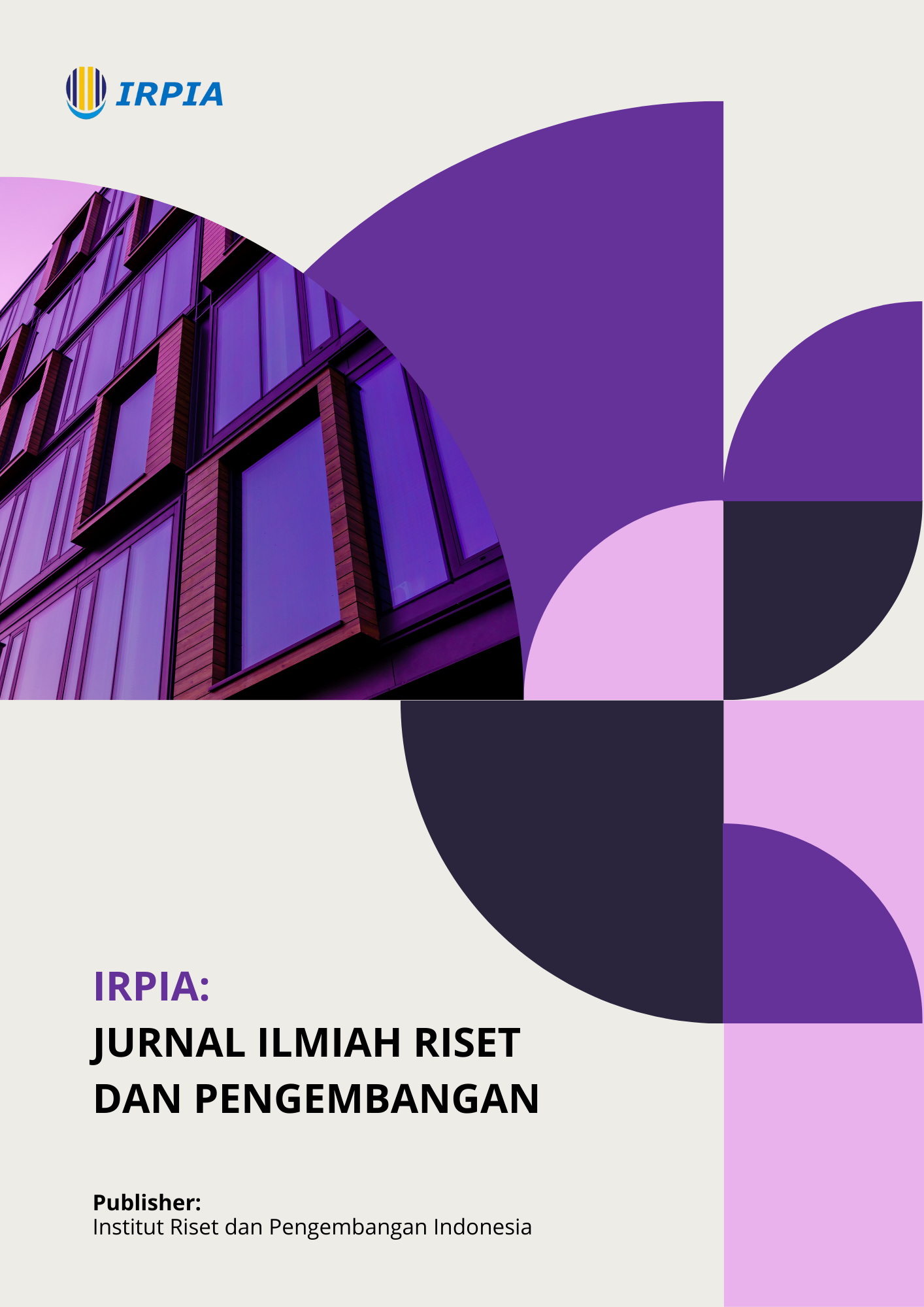WOMEN'S EMPOWERMENT STRATEGIES IN IMPROVING CHILD PROTECTION IN THE MODERN ERA
Main Article Content
Abstract
Currently, technological developments are developing rapidly. The advancement of information and communication technology must be balanced with the empowerment of women in improving child protection in the modern era. In this context, women have an important role in protecting children's rights, especially amidst the challenges that arise due to the use of gadgets and social media. This study uses a qualitative method with a document review approach. The purpose of this study is to explore women's empowerment strategies. The results of the study indicate that women's empowerment through education and skills training can improve welfare and independence which contributes to child protection. In addition, this study identifies various risks faced by children in the digital era, such as child abduction, bullying and access to inappropriate content. Therefore, collaboration between parents, society and government is needed to create a safe and supportive environment for children. Women's empowerment and child protection are strategic issues that must be considered to ensure a better future for future generations.
Downloads
Article Details

This work is licensed under a Creative Commons Attribution-ShareAlike 4.0 International License.
References
Aggito, A., & Setiawan, J. (2018). Metode Penelitian Kualitatif (E. D. Lestari (Ed.)). Cv Jejak.
Ameliola, S., & Nugraha, H. D. (2014). Perkembangan media informasi dan teknologi terhadap anak dalam era globalisasi. Prosiding the 5th International Conference on Indonesia Studies: “Ethnicity and Globalization,” 362–371.
Ansori, Nuraeni, L., Rukanda, N., Firdaus, N. M., Widyaswari, M., Muharry, A., & Muhandi, L. (2021). Strategi Pemberdayaan Masyarakat (B. A. Laksono (Ed.)). Cv. Bayfa Cendekia Indonesia.
Habib, M. A. F., & Sutopo, S. (2024). Pembinaan Umkm Dalam Aspek Komunikasi Pemasaran Sebagai Wujud Pemberdayaan Perempuan Di Sekitar Kawasan Wisata Pantai. Journal of Islamic Tourism Halal Food Islamic Traveling and Creative Economy, 4(1), 85–100. https://doi.org/10.21274/ar-rehla.v4i1.9640
Hidayati, U., Hariati, S., Sartika, G. P., Saadillah, A., Rahayu, A., Keguruan, F., & Sembilan, U. (2023). Seminar Parenting Untuk Meningkatkan Kesadaran Pentingnya Membentuk Karakter Anak Berbasis Religius. 3(2), 283–290.
Industri, R., Tantangan, D. A. N., & Sosial, P. (2018). Revolusi Industri 4.0 Dan Tantangan Perubahan Sosial. IPTEK Journal of Proceedings Series, 0(5), 22–27. https://doi.org/10.12962/j23546026.y2018i5.4417
LINDA, A. D. E. T. (2023). Strategi Pemberdayaan Perempuan Di Dinas Pemberdayaan Perempuan Dan Perlindungan Anak Di Kota Bima.
Makruf, S. A., & Hasyim, F. (2022). Pemberdayaan perempuan melalui gerakan literasi di era digital. 02, 46–52.
Mentri Negara Pemberdayaan Perempuan Dan Perlindungan Anak Republik Indonesia. (2011). 6(2), 1–10.
Nugroho, R., Artha, I. K. A. J., Nusantara, W., Cahyani, A. D., & Patrama, M. Y. P. (2022). Peran Orang Tua dalam Mengurangi Dampak Negatif Penggunaan Gadget. Jurnal Obsesi : Jurnal Pendidikan Anak Usia Dini, 6(5), 5425–5436. https://doi.org/10.31004/obsesi.v6i5.2980
Putri, D. (2021). Strategi Pemberdayaan Perempuan dalam Pembangunan Sosial (Studi Kasus Perempuan di Desa Mandi Angin, Kecamatan Rawas Ilir, Kabupaten Musi Rawas Utara). ICODEV: Indonesian Community Development Journal, 2(1), 23–34. https://doi.org/10.24090/icodev.v2i1.4484
Rahim, W. (2024). PENDIDIKAN EKONOMI UNTUK PEMBERDAYAAN PEREMPUAN: STRATEGI DAN DAMPAKNYA PADA PEMBANGUNAN EKONOMI. V, 14–30.
Rohayati, Y., & Kartini, E. (2019). Implementasi Kebijakan Tentang Perlindungan Anak Di Unit Pelaksana Teknis Pusat Pelayanan Terpadu Pemberdayaan Perempuan Dan Anak Kota Bandung. Jurnal Sosial Dan Humanis Sains, 4(01), 13–29. https://doi.org/10.24967/jshs.v4i01.431
Ulfah, M. (2020). Digital Parenting (N. Hamzah (Ed.)). Edu Pablisher.
Wulandari, A. N., & Rini, N. (2021). Strategi Pemberdayaan Perempuan Berbasis Ekonomi. Proceeding Seminar & Call For Papers, 176–181.

